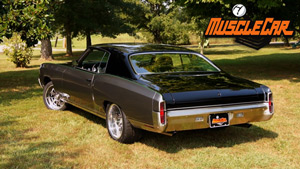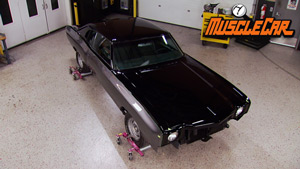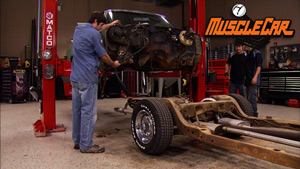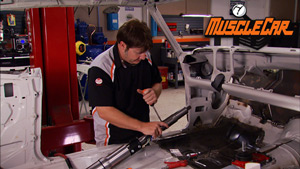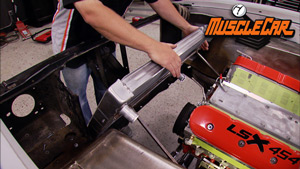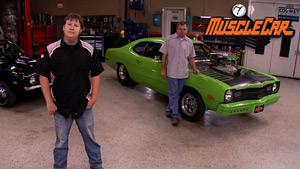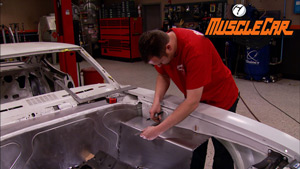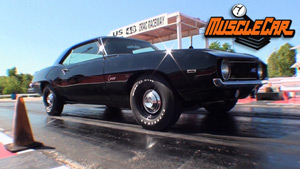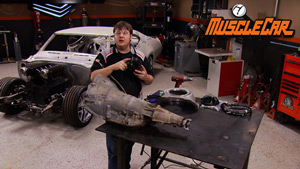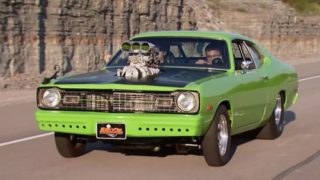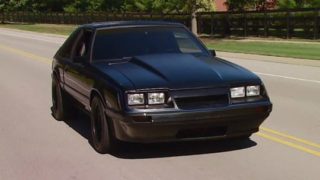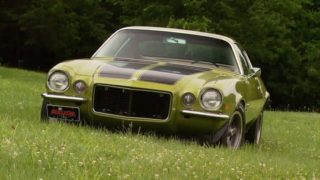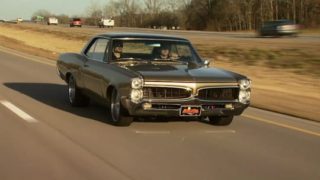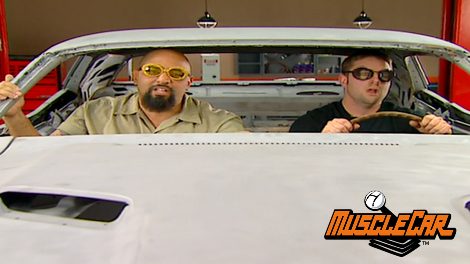
Bodyworking Two Project Cars At Once!
We breathe new life into a 1970 Dodge Challenger and a 1969 Camaro, both of which started as seasoned metal relics. With the help of media blasting and detailed body work, including welding and fabricating new panels, we prepare these iconic vehicles for an extraordinary revival on the road.
Season 1
Episode 2
First Air Date: August 22, 2018
Duration: 17 minutes
